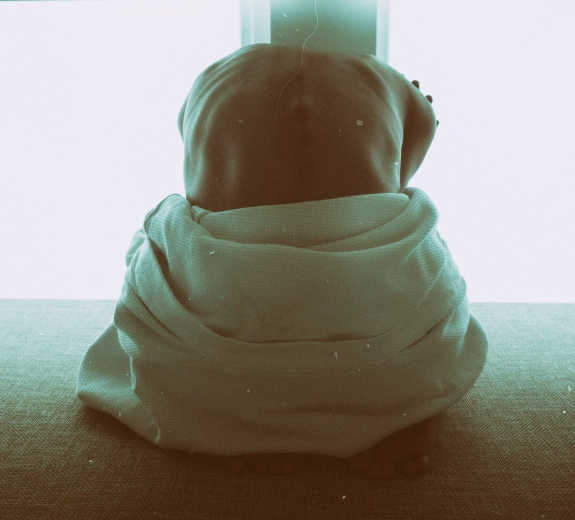Cameron Auxer knows chronic disease. She’s lived with it all her life, from asthma and osteoarthritis to chronic fatigue syndrome (CFS) and fibromuscular dysplasia (FMD). But she also knows the chronic illness online community, having forged deep connections with others through social media groups.
So in 2018, she published a book that gives a megaphone to those living with chronic illness, showcasing their stories of struggle, strength and survival. “When Bodies Break: How We Survive and Thrive with Illness and Disability” walks readers through the experiences of 32 inspiring, resilient people who share the common thread of debilitating chronic illness that often keeps them homebound.
“When we put the book together, I realized that between these two covers is a portable support group for people living with chronic illness,” Auxer says.
The first half of the book shares emotional, compelling personal accounts detailing the chronic illness experience. For many contributors, severe physical pain paired with cognitive challenges can be both disabling and isolating. But their stories make it clear they won’t let their diagnoses keep them from living an enriched, fulfilling life. The latter portion of the book is composed of essays offering advice on self-care, navigating the medical system and how to best advocate for oneself.
Many of the illnesses described are autoimmune diseases, like multiple sclerosis, juvenile arthritis and rheumatoid arthritis. That is why Auxer chose to donate all proceeds to support autoimmune disease research at Benaroya Research Institute at Virginia Mason (BRI). When she was seeking out a chronic illness-related charity to support, one of her collaborators suggested the nonprofit institute.
“I started reading about BRI and was very impressed,” says Auxer, who lives in Peterborough, NH. “Since many chronic illnesses have some base in autoimmune disease, I felt that most people in the chronic illness community would benefit from [BRI’s] research. The chronic illness community has given so much to me over the years.”
Auxer wanted to publish a book so she could give back. But the book itself grew out of another project. Before “When Bodies Break,” there was Pajama Daze, her educational website about all things chronic illness. Auxer created Pajamadaze.com following a sudden downward turn in her health.
After suffering three heart attacks within a week in 2005, she began experiencing symptoms of CFS, and her life “fell apart”. It wasn’t until several years later that she was formally diagnosed with CFS. She went into remission in 2015 (she still suffers relapses if she gets sick with a virus) and in 2010, she learned she had FMD. Throughout these experiences, when she needed support, the chronic illness online community was there for her. So she decided to launch Pajama Daze – which planted the seed for “When Bodies Break”, though she didn’t yet know it.
Pajama Daze (which is still going strong) grew into a multi-faceted website packed with resources, including a blog; advice for jobs opportunities and remote work, since many individuals living with debilitating chronic illness cannot work traditional jobs; essays by guest writers living with chronic illness; helpful information for both patients and caregivers, including web links for support groups and relevant organizations; and art by fellow members of the community.




